Take the First Step For Estimate!
- Accurancy
- Efficiency
- Transparency
- Customization
- Time Saving
- Professionalism
- Cost Control
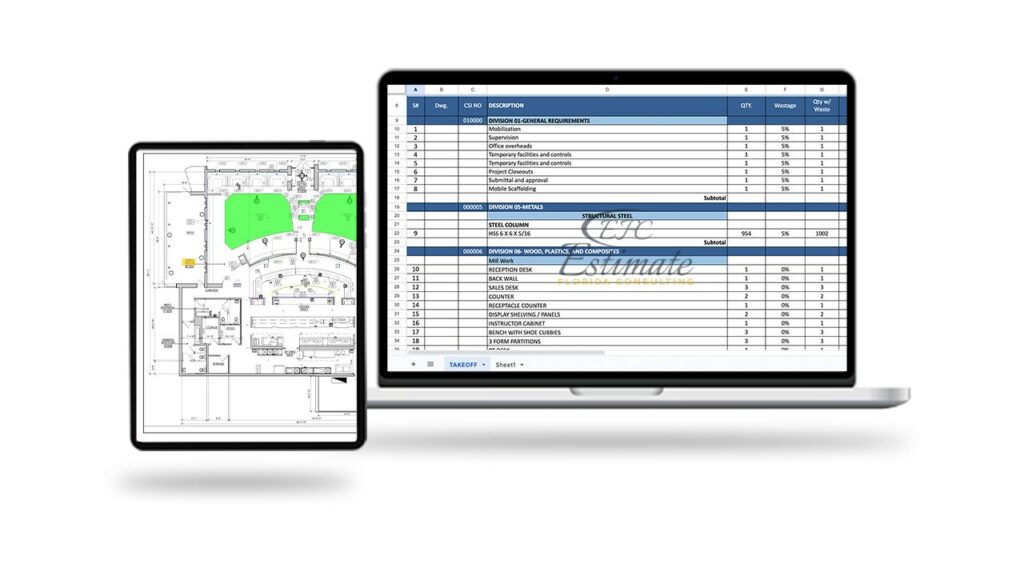
Estimate Florida Consulting specializes in delivering meticulous lumber cost estimates tailored to the specific requirements of our clients in Bradenton and the surrounding areas. Lumber cost estimation is an indispensable aspect of any construction project, providing the financial roadmap necessary for successful completion. Our estimates encompass a wide range of projects, from small-scale residential renovations to large-scale commercial developments. Costs can fluctuate significantly based on variables such as project size, lumber type, and market conditions. For smaller projects, estimates may fall within the range of $1,000 to $20,000, while mid-sized endeavors could range from $25,000 to $100,000.
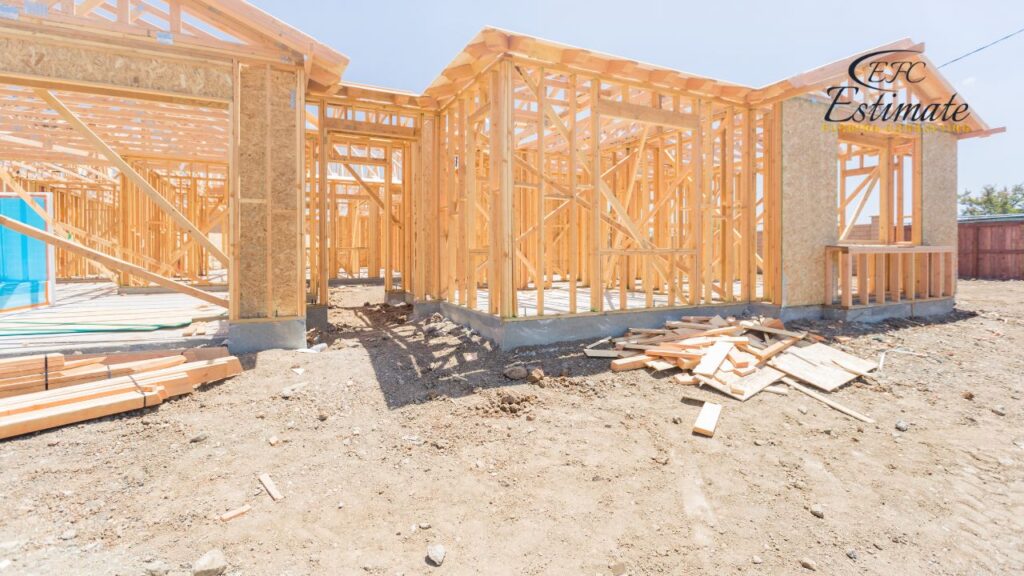
Larger projects, including commercial constructions or multi-family developments, may necessitate budgets exceeding $200,000 to $1 million or more, depending on project intricacies. Count on Estimate Florida Consulting to furnish comprehensive and precise estimates for your lumber requirements, ensuring transparency and accuracy at every stage of the process.

Projects vary widely in size and scope, with small-scale endeavors typically encompassing basic renovations or minor installations. Medium-scale projects involve more substantial undertakings such as building construction or system upgrades. Large-scale projects encompass major developments like infrastructure improvements or commercial constructions. Industrial-scale projects represent the most extensive ventures, including large-scale manufacturing facilities or industrial complexes, reflecting the complexity and magnitude of the endeavor.
Size of Project | Estimated Cost Range |
Small-scale Projects | $1,000 – $20,000 |
Medium-scale Projects | $25,000 – $100,000 |
Large-scale Projects | $200,000 – $1,000,000+ |
Industrial-scale Projects | $500,000 – $5,000,000+ |
These cost estimates are specific to lumber-related projects in Bradenton and are subject to variations based on project requirements and market conditions.
Nestled along the Gulf Coast of Florida, Bradenton boasts a rich tapestry of natural beauty and urban development, fostering a robust lumber industry deeply intertwined with the region’s growth and sustainability.
The lumber industry in Bradenton serves as a cornerstone for various sectors, from residential construction to commercial development, catering to the diverse needs of its burgeoning population and expanding infrastructure.

In Bradenton, the demand for lumber is particularly pronounced in the residential construction sector, where it is utilized extensively in building homes, condominiums, and apartment complexes. With Bradenton experiencing steady population growth, fueled by its desirable climate and lifestyle offerings, the need for housing continues to rise. Lumber remains the primary material of choice for framing, flooring, and decking, reflecting its affordability, versatility, and durability in withstanding the region’s humid subtropical climate and occasional tropical storms.
The lumber industry also plays a pivotal role in supporting Bradenton’s commercial development, ranging from retail establishments and office spaces to hospitality venues and recreational facilities. Commercial construction projects often require substantial quantities of lumber for structural components, interior finishes, and exterior façades. Lumber’s adaptability to various architectural styles and design aesthetics makes it an indispensable resource for realizing the visions of architects and developers, contributing to the vibrant urban landscape of Bradenton.
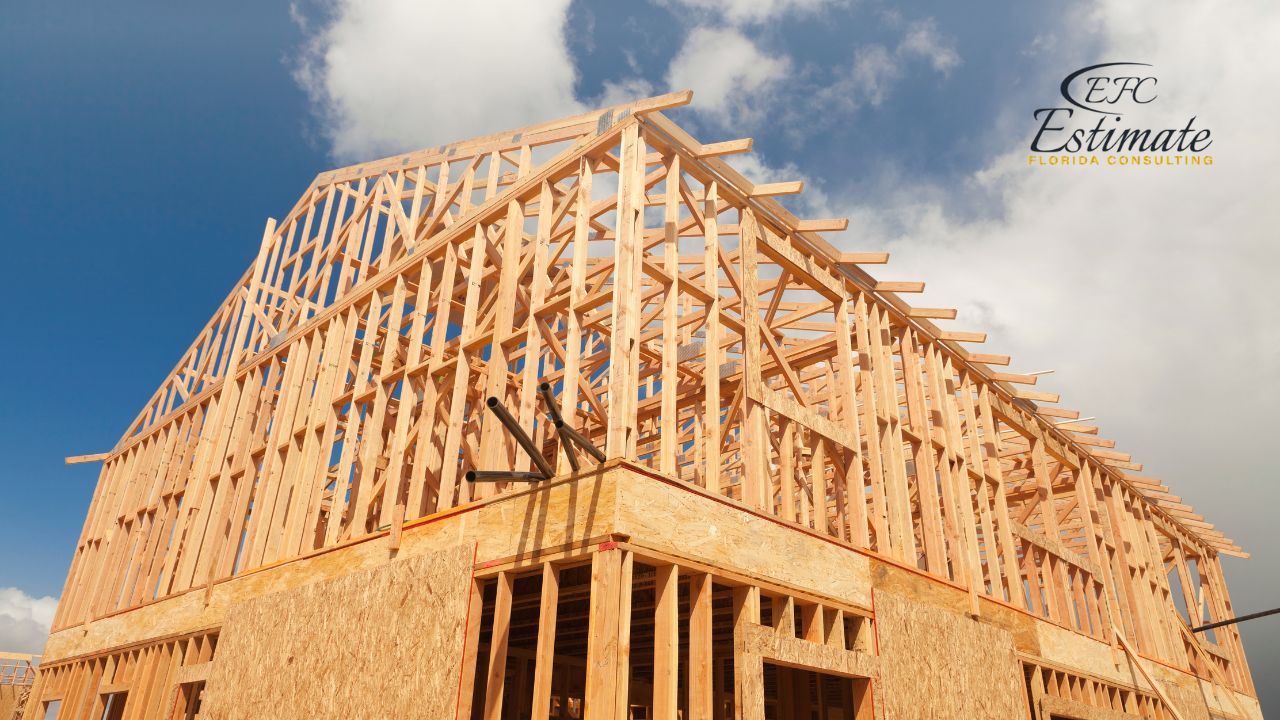
Fully Insured License Hire Sub-Contractor For Lumber Project
Hire Contractor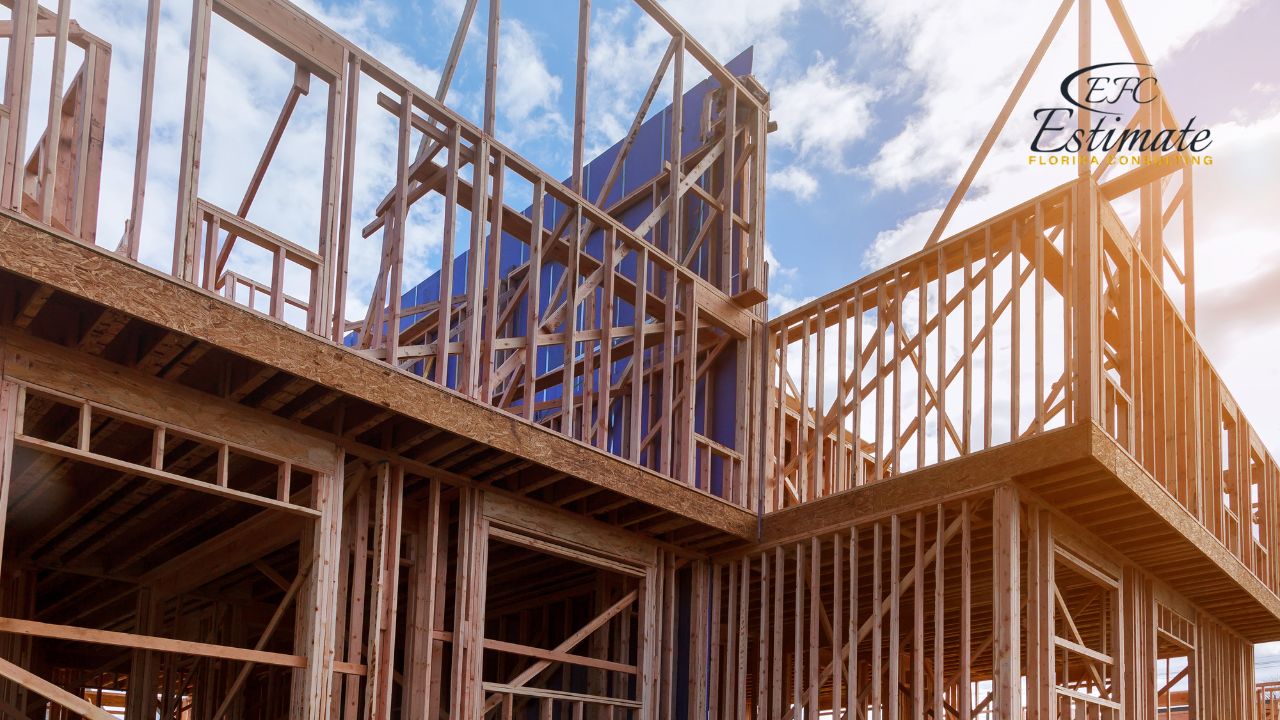
Make Informed Design Decisions Showcase Your Design Ideas
Get RenderingAmidst the burgeoning development in Bradenton, the lumber industry maintains a steadfast commitment to environmental sustainability and responsible forestry practices. Local lumber suppliers and sawmills prioritize sourcing timber from sustainably managed forests, ensuring the long-term viability of natural resources while mitigating ecological impacts. Additionally, advancements in lumber production technologies, such as engineered wood products and timber certification programs, further enhance the industry’s environmental stewardship efforts, promoting a harmonious balance between economic progress and environmental preservation.
Beyond construction, the lumber industry in Bradenton provides essential support for infrastructure projects, including bridges, boardwalks, and public amenities. Lumber products, such as pressure-treated lumber and composite decking, offer durable solutions for outdoor structures exposed to moisture and saltwater environments prevalent in coastal regions like Bradenton. By leveraging innovative lumber technologies and construction methods, infrastructure projects can withstand the rigors of coastal living while enhancing the community’s accessibility and recreational offerings.
The lumber industry serves as a significant source of employment and economic opportunity for residents of Bradenton and the surrounding areas. From lumberyard workers and sawmill operators to carpenters and construction professionals, a diverse array of skilled laborers contributes to the industry’s vitality and growth. Moreover, the multiplier effect of the lumber industry stimulates ancillary sectors, such as transportation, logistics, and retail, fostering a robust ecosystem of interconnected businesses that drive local prosperity and economic resilience.
In Bradenton, the lumber industry actively engages with the community through outreach initiatives, educational programs, and partnerships with local organizations. Lumber suppliers and manufacturers collaborate with schools, vocational institutions, and workforce development agencies to promote careers in the skilled trades and provide training opportunities for aspiring craftsmen and women. Furthermore, philanthropic endeavors and volunteer efforts demonstrate the industry’s commitment to giving back to the community, enriching the fabric of Bradenton’s social and cultural landscape.

In essence, the lumber industry in Bradenton is not merely a provider of building materials but a vital catalyst for growth, sustainability, and community well-being. Through its contributions to construction, environmental stewardship, economic prosperity, and social engagement, the lumber industry continues to shape the identity and future of Bradenton, embodying the spirit of innovation, resilience, and collaboration that defines this dynamic Gulf Coast community.
The lumber cost estimator in Bradenton is influenced by a myriad of factors that shape pricing dynamics and project feasibility within the region’s construction landscape. Understanding these factors is essential for stakeholders, including developers, contractors, and homeowners, as they navigate the complexities of budgeting and procurement in the lumber industry.
The interplay between market demand and supply exerts significant influence on lumber prices in Bradenton. Fluctuations in construction activity, driven by factors such as population growth, economic conditions, and housing market trends, directly impact the demand for lumber products. Conversely, variations in timber harvests, sawmill capacities, and transportation logistics affect the supply side of the equation. The delicate balance between demand and supply dynamics often leads to price volatility, with periods of high demand outstripping available supply, resulting in price escalation, while periods of oversupply may lead to price deflation.
The grading system and species diversity of lumber also play a crucial role in determining cost estimates in Bradenton. Different lumber grades, ranging from premium to utility, command varying price premiums based on their quality, appearance, and structural integrity. Additionally, the availability and popularity of specific lumber species influence their market prices. While domestically sourced species such as Southern Yellow Pine are abundant and cost-effective, imported species like Cedar or Redwood may incur higher costs due to transportation and import duties.
New projects are waiting for you.
Connect with more Lumber Projects leads!
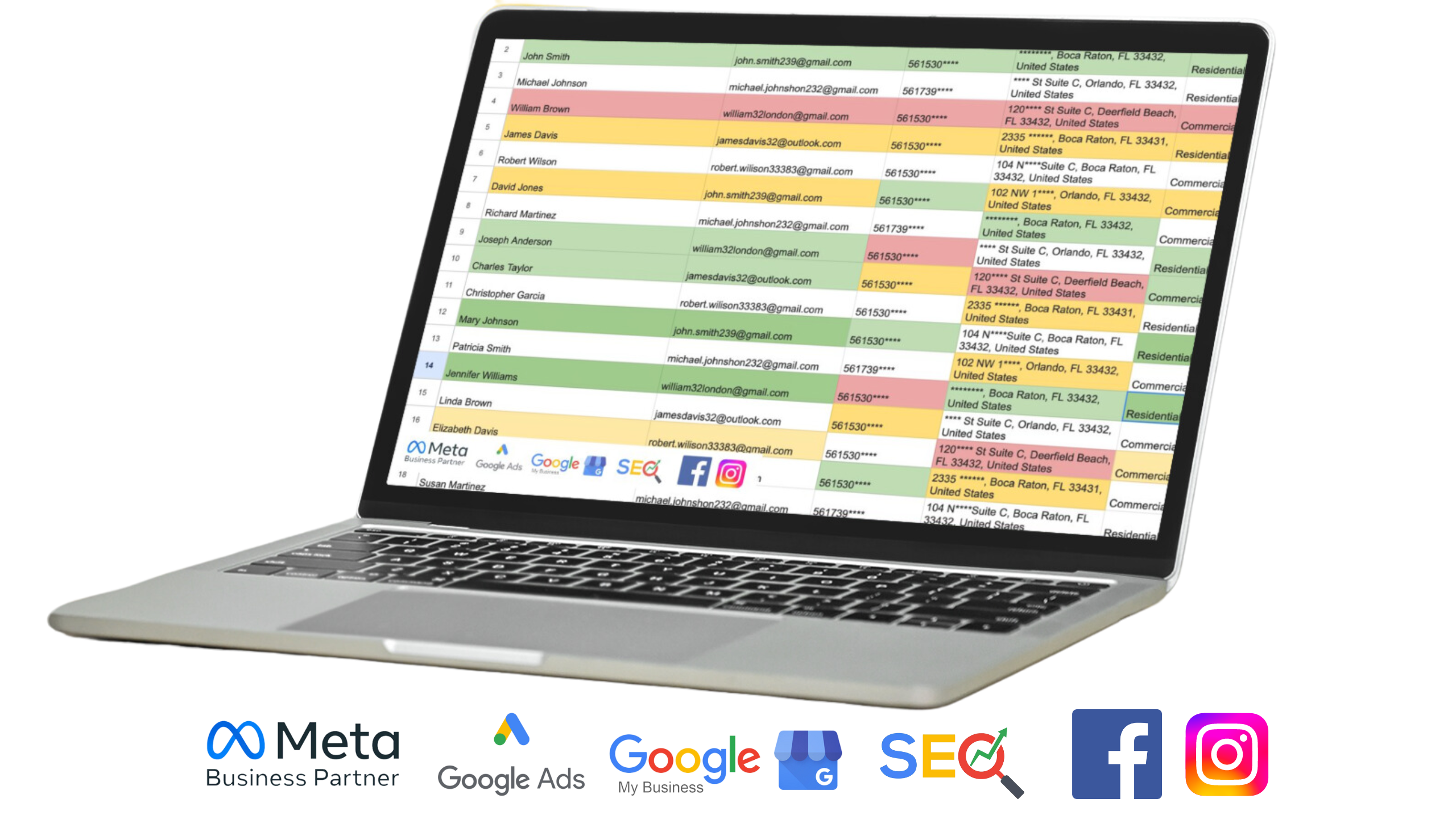
The logistics of transporting lumber from mills to distribution centers and ultimately to construction sites contribute to overall cost estimations in Bradenton. Factors such as distance, mode of transportation, fuel prices, and infrastructure constraints impact transportation costs and, consequently, lumber prices. Remote or geographically isolated regions may experience higher transportation expenses, leading to increased lumber costs, whereas proximity to major transportation hubs or waterways can mitigate transportation-related expenditures.
Bradenton’s lumber cost estimator is also influenced by environmental regulations and sustainability considerations governing timber harvesting and production practices. Compliance with forestry management standards, such as those set forth by the Forest Stewardship Council (FSC) or Sustainable Forestry Initiative (SFI), may entail additional costs for lumber producers but reinforces their commitment to responsible stewardship of natural resources. Moreover, certifications and eco-labeling schemes that validate the sustainability credentials of lumber products may command price premiums in the market, reflecting consumer preferences for environmentally friendly building materials.
Technological advancements and innovation within the lumber industry can both mitigate and exacerbate cost considerations in Bradenton. Adoption of advanced manufacturing processes, such as computerized sawing and automated grading systems, may enhance operational efficiency and product quality, thereby reducing production costs for lumber suppliers. Conversely, investments in research and development to create novel engineered wood products or sustainable forestry practices may entail upfront expenses but offer long-term cost savings and environmental benefits. The pace of technological innovation and its adoption within the lumber industry can influence competitiveness and cost competitiveness in Bradenton’s construction market.
International trade policies and tariffs can impact the cost of lumber imports and exports in Bradenton. Changes in tariffs imposed on lumber imports from key trading partners, such as Canada, may influence market prices and supply availability. Trade disputes or negotiations between countries may also introduce uncertainty into the lumber market, leading to price fluctuations and supply chain disruptions. Stakeholders in Bradenton’s construction industry must monitor trade developments and anticipate potential impacts on lumber costs to mitigate risks and optimize procurement strategies.
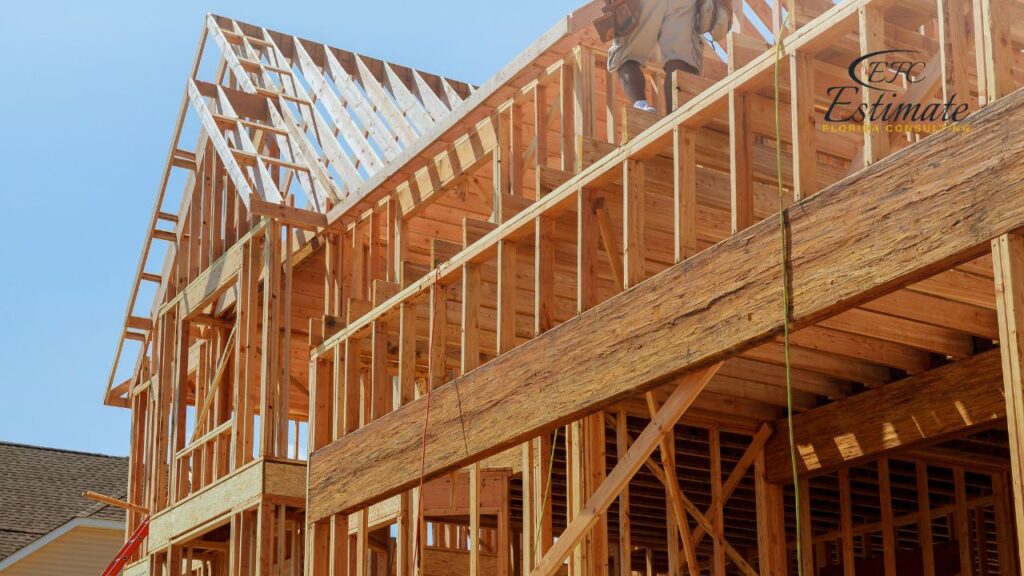
Lumber products encompass a wide range of materials essential for construction and woodworking projects, each serving distinct purposes and offering unique characteristics. From structural framing to decorative finishes, lumber products form the foundation of countless architectural endeavors, reflecting both functionality and aesthetic appeal. Understanding the cost range associated with different lumber products is vital for budgeting and procurement in the construction industry.
Lumber Product | Cost Range |
Dimensional Lumber | $10,000 – $100,000+ |
Engineered Wood Products | $50,000 – $500,000+ |
Plywood | $20,000 – $200,000+ |
Hardwood Lumber | $30,000 – $300,000+ |
Softwood Lumber | $15,000 – $150,000+ |
Pressure-Treated Lumber | $25,000 – $250,000+ |
Composite Decking | $40,000 – $400,000+ |
Specialty Lumber (e.g., Cedar, Redwood) | $60,000 – $600,000+ |
These cost ranges are indicative and may vary based on factors such as lumber grade, species, quantity, market conditions, and project specifications. It is essential to consult with lumber suppliers and contractors to obtain accurate estimates tailored to specific project requirements in Bradenton.
Lumber cost estimators encounter various obstacles in their pursuit of precise and reliable estimates. Here are some of the most common challenges they face, along with innovative solutions to mitigate their impact:
The volatility of lumber prices in response to market demand, supply chain disruptions, and external factors such as natural disasters poses a significant challenge for estimators.
Solution: Implementing dynamic pricing models that incorporate real-time market data and predictive analytics enables estimators to adjust cost projections accordingly. Establishing strategic partnerships with reliable suppliers and securing long-term contracts can also provide stability amidst market fluctuations.
Changes in project specifications or design alterations often necessitate adjustments to lumber quantities and types, complicating the estimation process.
Solution: Adopting flexible estimation methodologies that allow for quick revisions based on evolving project requirements is essential. Utilizing building information modeling (BIM) software and collaborative platforms facilitates seamless communication and coordination among project stakeholders, ensuring accurate alignment between design intent and material estimates.
Compliance with stringent environmental regulations and sustainability standards adds complexity to lumber procurement and may impact material availability and costs.
Solution: Partnering with suppliers certified for sustainable forestry practices and eco-friendly production methods promotes transparency and accountability in the supply chain. Investing in environmentally friendly alternatives, such as reclaimed lumber or certified lumber products, demonstrates a commitment to sustainable construction practices while minimizing regulatory risks.
Lumber cost estimators must consider not only material costs but also associated labor and installation expenses, which can vary based on market conditions and project complexity.
Solution: Collaborating closely with construction contractors and subcontractors during the estimation process allows for comprehensive assessment of labor requirements and associated costs. Implementing value engineering techniques and prefabrication strategies can optimize construction workflows, reducing labor costs while maintaining quality standards.
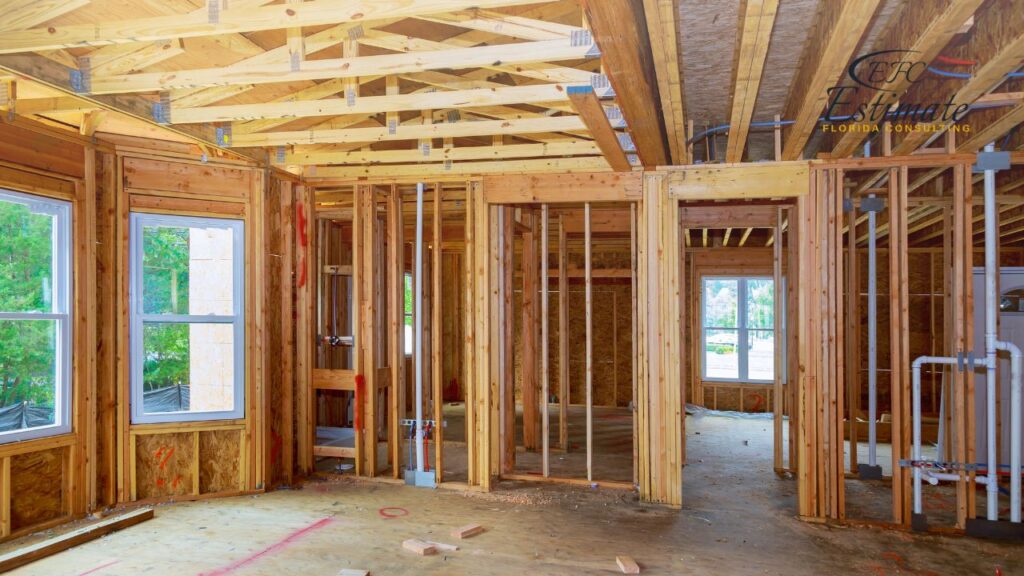
Disruptions in the lumber supply chain, such as transportation delays, production bottlenecks, or inventory shortages, can disrupt project timelines and inflate costs.
Solution: Diversifying supply sources and maintaining strategic buffer stocks of critical lumber products can mitigate the impact of supply chain disruptions. Employing risk management strategies, such as contingency planning and supplier performance monitoring, enhances resilience and ensures continuity of material supply throughout the project lifecycle.
The lumber cost estimation process in Bradenton involves a systematic approach to assess, analyze, and project the costs associated with acquiring and utilizing lumber materials for construction projects. Here’s a breakdown of the key steps involved:
The initial step involves a thorough assessment of the project’s scope, including reviewing architectural plans, construction drawings, and project specifications. Stakeholders identify the type and quantity of lumber required, as well as any special considerations such as species, grades, and dimensions. Understanding the project scope lays the groundwork for accurate cost estimation by providing clarity on material requirements and project objectives.
Let us take your project to the next level! Send us your plans, and we’ll provide a detailed estimate with competitive pricing. Our ZIP Code-based approach means better accuracy and a 90% higher chance of winning bids. Get personalized, no-shortcut service every time.
Once the project scope is defined, the next step is to select appropriate lumber materials based on project specifications, performance requirements, and budget constraints. Lumber cost estimators work closely with suppliers and distributors to source quality lumber products that meet project needs while ensuring competitive pricing and availability. Factors such as lumber species, grade classifications, moisture content, and treatment options are carefully considered during material selection.
Quantity takeoff involves determining the precise quantity of lumber materials needed for the project based on architectural drawings, structural plans, and construction specifications. Estimators use industry-standard measurement techniques to calculate board feet, linear footage, and square footage of lumber required for framing, sheathing, decking, and other structural components. Accurate quantity takeoffs enable estimators to generate detailed material lists and optimize material procurement to minimize waste and excess inventory.
With the quantity of lumber materials determined, estimators conduct a comprehensive cost analysis to determine the total material cost for the project. This involves obtaining pricing information from multiple suppliers and vendors to compare costs and negotiate favorable terms. Factors such as lumber prices, delivery fees, taxes, and discounts are considered during cost analysis to develop a realistic and competitive pricing estimate. Estimators also account for potential cost fluctuations and market trends to anticipate any price changes during the project timeline.
In addition to material costs, estimators factor in labor and installation expenses associated with handling, cutting, framing, and installing lumber materials onsite. Labor costs vary depending on factors such as project complexity, labor rates, crew size, and productivity levels. Estimators collaborate with construction managers and subcontractors to accurately assess labor requirements and develop labor cost estimates aligned with project timelines and resource allocations.

As part of the estimation process, estimators incorporate contingency allowances to account for unforeseen events, changes in project scope, and potential cost overruns. Contingency planning involves assessing project risks and uncertainties and allocating additional funds to mitigate potential impacts on project budgets and schedules. By proactively identifying and addressing risks, estimators help minimize financial risks and ensure project feasibility and success.
In conclusion, the lumber cost estimation process in Bradenton is a multifaceted endeavor that requires careful planning, analysis, and collaboration to ensure accurate and reliable cost projections for construction projects. By following a systematic approach that includes assessing project scope, selecting appropriate materials, conducting quantity takeoffs, analyzing costs, and incorporating contingency planning, estimators can generate comprehensive estimates that align with project objectives and budgetary constraints. Effective communication and coordination with stakeholders, suppliers, and subcontractors are essential throughout the estimation process to facilitate informed decision-making and mitigate risks. Ultimately, by employing sound estimation practices and leveraging industry expertise, lumber cost estimators play a vital role in optimizing resource allocation, minimizing waste, and enhancing project profitability and success in the vibrant construction landscape of Bradenton.
The cost of lumber materials in Bradenton is influenced by various factors, including lumber species, grades, dimensions, market demand, availability, and transportation costs. Additionally, factors such as project location, seasonality, and global economic trends can impact lumber prices.
Lumber cost estimates for construction projects in Bradenton strive to be as accurate as possible; however, they are subject to uncertainties such as market fluctuations, changes in project scope, and unforeseen events. Estimators utilize industry-standard practices, historical data, and expert judgment to generate reliable estimates, but it’s essential to regularly review and update estimates as project conditions evolve.
Yes, exploring alternative lumber materials or sourcing from different suppliers can sometimes result in cost savings for construction projects in Bradenton. However, it’s crucial to carefully evaluate the quality, performance, and suitability of alternative materials and suppliers to ensure they meet project requirements and standards without compromising on durability or safety.
Transparency and accountability in lumber cost estimation processes can be ensured by clearly documenting assumptions, methodologies, and data sources used in generating estimates. Providing stakeholders with detailed cost breakdowns, including material, labor, and overhead costs, fosters transparency and enables informed decision-making. Regular communication and collaboration with stakeholders also promote accountability throughout the estimation process.
If significant discrepancies arise between estimated and actual lumber costs during a project in Bradenton, it’s essential to conduct a thorough analysis to identify the root causes of the discrepancies. This may involve reviewing project documentation, assessing changes in project scope or specifications, and investigating market trends or supplier pricing. Adjustments to the project budget and contingency plans may be necessary to address unexpected cost overruns and ensure project viability. Communication with stakeholders and proactive risk management are key to resolving discrepancies effectively.
Here I am going to share some steps to get your Lumber cost estimate report.
You can send us your plan on info@estimatorflorida.com
Before starting your project, we send you a quote for your service. That quote will have detailed information about your project. Here you will get information about the size, difficulty, complexity and bid date when determining pricing.
Our team will takeoff and estimate your project. When we deliver you’ll receive a PDF and an Excel file of your estimate. We can also offer construction lead generation services for the jobs you’d like to pursue further.



561-530-2845
info@estimatorflorida.com
Address
5245 Wiles Rd Apt 3-102 St. Pete Beach, FL 33073 United States
561-530-2845
info@estimatorflorida.com
Address
5245 Wiles Rd Apt 3-102 St. Pete Beach, FL 33073 United States
All copyright © Reserved | Designed By V Marketing Media | Disclaimer